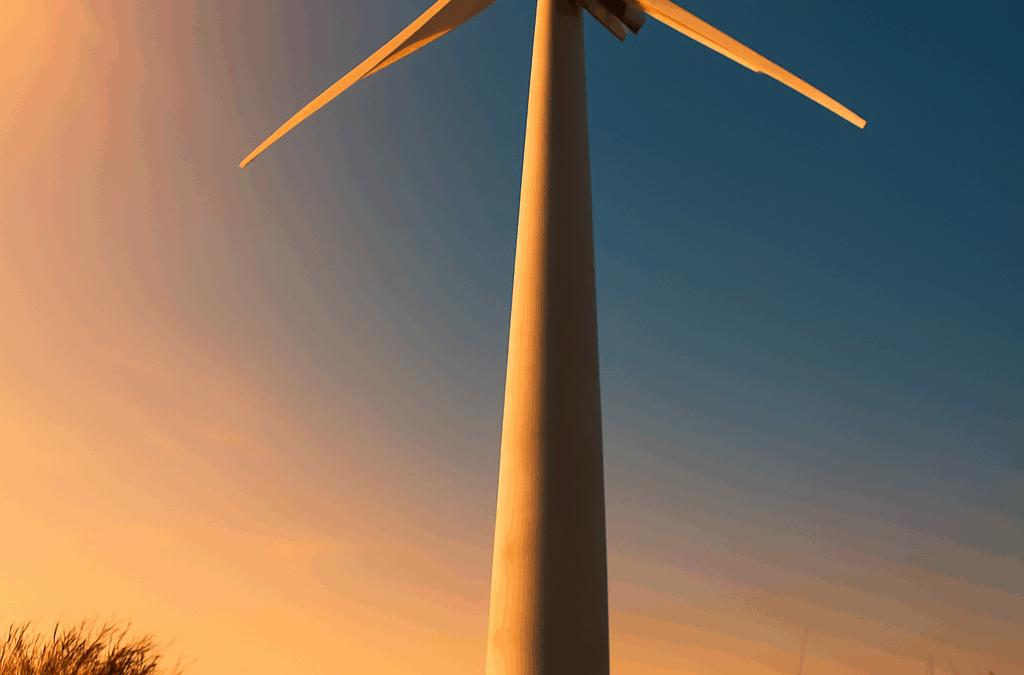With wind energy now covering 23% of Spain’s electricity demand, the sector solidifies its position as the leading technology since 2021. This remarkable achievement sets the stage for the recent Operational Analysis of Wind Farms conference, which brought together over 200 experts to showcase the latest technological advancements in wind farm operations and the pivotal role of R&D+i.
The conference highlighted critical aspects for the future of wind power, emphasizing key figures and strategic priorities. Wind energy not only leads in energy production but also generates more than 40,000 direct and indirect jobs in Spain, underpinning national competitiveness. Rocío Sicre, president of the Spanish Wind Energy Association (AEE), stressed the importance of preserving this value chain, especially given global challenges like increasing competition from low-cost industries and international tariff wars. She highlighted that operational excellence in wind farms is crucial for maintaining a strong, competitive, and sustainable industrial model. The sector’s demand for a stable regulatory framework with consistent legal interpretations and reduced project processing times is paramount to providing certainty for investments and accelerating development.
Among the 10 priorities outlined by AEE for the coming years are accelerating demand electrification, boosting the pace of new wind farm installations, promoting repowering of older parks, and deploying efficient energy storage solutions. Sicre also underlined the need to apply the concept of Superior Public Interest to wind projects and to ensure legal certainty to unlock substantial investments, such as the €3.5 billion currently stalled in Galicia. The integration of artificial intelligence (AI) in wind farm operations emerged as a transformative innovation, promising significant advancements in predictive maintenance, production optimization, and seamless grid integration, heralding a new era for the sector. The ongoing push for offshore wind development in coastal areas is also a significant trend, poised to diversify Spain’s energy mix further.
This steadfast commitment to wind energy directly contributes to global sustainability objectives, particularly SDG 7 (Affordable and Clean Energy), by providing a robust and accessible source of renewable power, and SDG 13 (Climate Action), by significantly reducing carbon emissions and driving progress towards Spain’s and Europe’s 2050 climate neutrality goals. Imagine the emissions saved annually—equivalent to taking millions of cars off the road—showcasing how local innovation in wind operations has a tangible global impact on our planet’s health and future.
As we look ahead, the continuous evolution of wind farm operations, fueled by R&D+i and strategic regulatory frameworks, holds the key to unlocking even greater potential. What role will technological breakthroughs like AI play in shaping a truly resilient and sustainable energy future, and how can each of us contribute to fostering an environment where these innovations can thrive?
Did you know we have courses related to this?
See GWO Basic Safety Training course
See GWO Basic Technical Training course
See GWO Blade Repair course
See GWO Advanced Rescue course
See GWO Control of Hazardous Energies course
